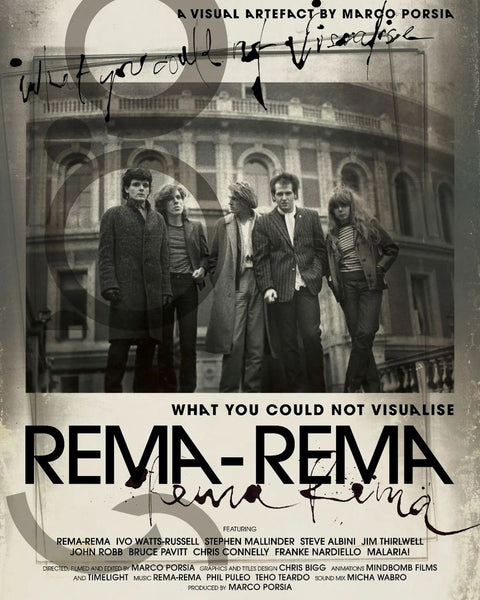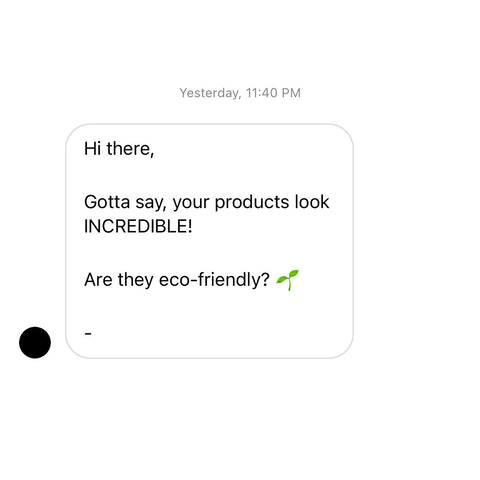News

New Beginnings
Watch this space. It doesn't look like much now but you’re going to love it.

What You Could Not Visualise
When a rock star becomes your life coach, your life is never the same again.
Stand Up, Fight Back
Source: Freedom for All Americans To the people asking why I would turn away sales,...
Defending our rights
Effective immediately, all U.S. orders will require proof that you contacted your elected officials demanding they...
IFRA Compliance
Photo by Hans Reniers on Unsplash The International Fragrance Association (IFRA) works hand in hand...

What it means for a perfume to be eco-friendly
I received a direct message (DM) on Instagram asking if my fragrances are eco-friendly. I...
My Customer
Photo by Motoki Tonn on Unsplash I’m often asked who I make my fragrances for....
Love in the Time of COVID-19
CDC Illustration of ultrastructural morphology exhibited by coronaviruses This post is going to focus on one...
